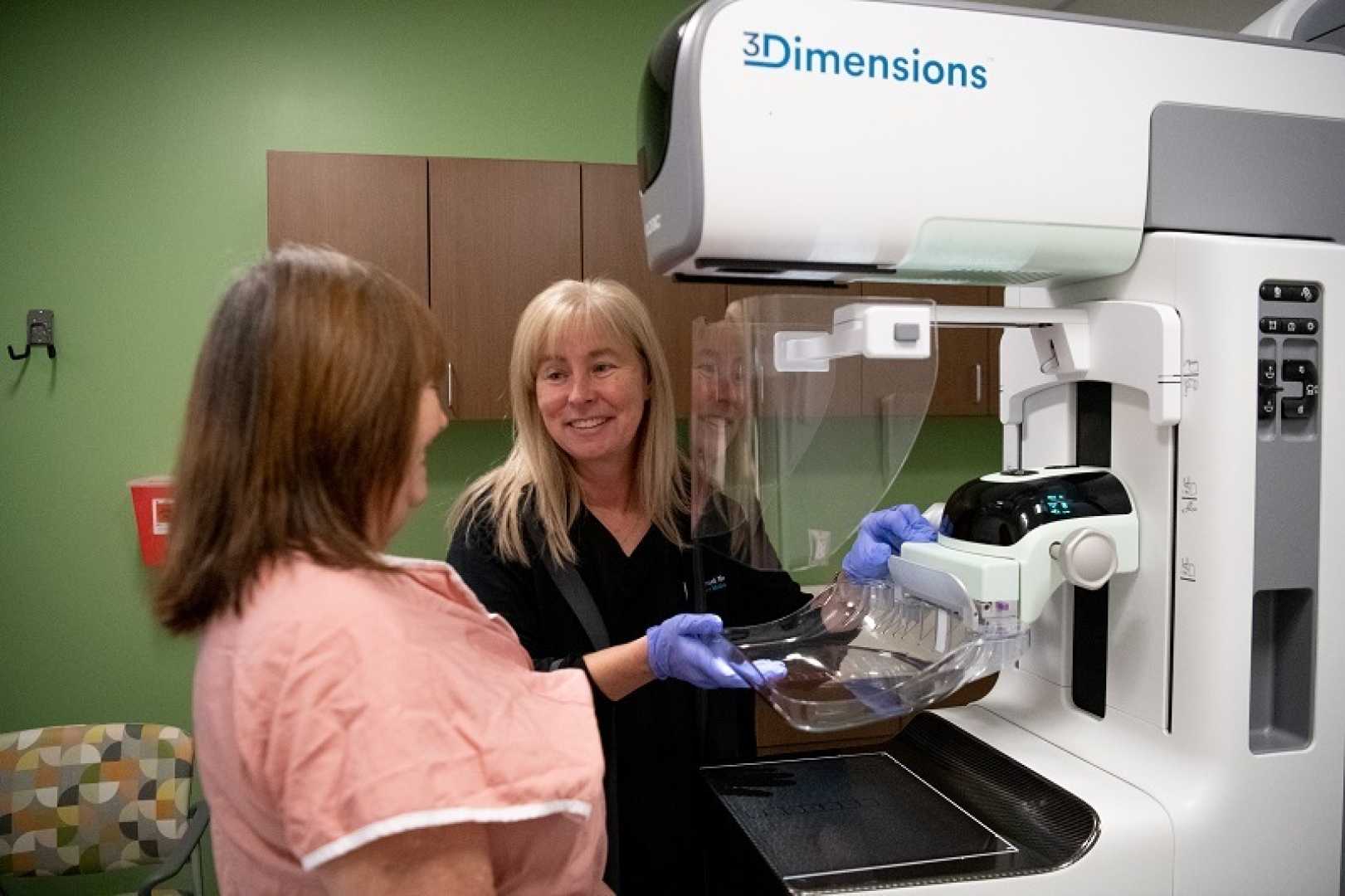Health
New Jersey Tackles Cancer Screening Disparities Amid Medicaid Cuts

New Brunswick, New Jersey – New Jersey has one of the highest cancer incidence rates in the United States, making cancer the second leading cause of death in the state. Thousands of residents die from preventable cancers each year. The state’s Medicaid program, which insures more than 1.8 million residents, offers coverage for cancer prevention services and screenings.
Despite the coverage, recent research from Rutgers University‘s Center for State Health Policy shows ongoing disparities in access to screenings based on geography, cancer type, race, and ethnicity. Ann Nguyen, an associate research professor, led a study focusing on these screening trends in the state, offering insights into barriers faced by different communities.
Nguyen explained that the increase in screening rates for some cancers is promising, yet challenges remain. “Patient-level barriers include accessibility, insurance, language, and cultural differences,” she stated. “Clinical barriers involve knowledge about screening tests and time constraints for busy clinicians.”
The study also highlighted systemic issues where certain patients, notably from racially and ethnically diverse backgrounds, are less likely to be offered screenings. This further emphasizes why culturally competent care is critical. “Patients feel more comfortable with providers from their community,” Nguyen noted.
Matthew Kinney, co-author of the study and director at the Rutgers Cancer Institute, stressed the importance of Medicaid. “Medicaid helps cover preventive health care, which is vital for low-income families and others who need it most. Without adequate funding, we risk seeing more late-stage cancer diagnoses,” he said.
Nguyen and Kinney observed how the COVID-19 pandemic initially caused a dramatic drop in cancer screenings, with many clinics halting routine check-ups. However, data showed a rebound in mammogram screenings, exceeding previous highs, while cervical and colorectal screenings have not recovered as quickly. Nguyen reported, “We found higher screening rates among Hispanic enrollees in New Jersey, diverging from trends in other states.”
The success in New Jersey has been linked to the efforts of community navigator teams that are built to assist patients in accessing care. “These teams are connecting with communities and speaking the same language, creating important trust,” Nguyen explained. “They’re embedded in local organizations, making a long-term investment in outreach.”
Kinney added, “Through initiatives like ScreenNJ, we ensure that community partners effectively support cancer prevention efforts. These navigators help educate patients, ensuring they understand the screening process and the importance of follow-ups.”
Looking ahead, both researchers agree that a multipronged approach is necessary to enhance screening rates further. “We need to develop outreach that is personalized and make better use of digital tools to connect with patients,” Nguyen said. Continued support from state and federal governments is vital for bridging the screening gaps evident in various communities, especially with looming Medicaid cuts.












